Let’s be honest, designing corporate spaces is all about the bottom line. Traditionally companies would save money by buying the cheapest furniture possible in bulk and arranging it in an assembly line fashion to accommodate the largest amount of workers in the tightest space. However, corporations are quickly discovering that this type of office configuration has a profoundly negative effect on worker performance. Research has also shown them that, by designing corporate spaces the traditional model, their employees will work more productively and ultimately generate a greater profit.
Designing Corporate Spaces Architecture

Fundamental Corporate Spaces Design Ideas:
The article below details the ideas and effects behind designing corporate spaces changes. Take a look at their effects, as well as the big name companies who have benefited doing a little rearranging. You may even find yourself changing your own workspace up a bit.
Reflect Your Brand:
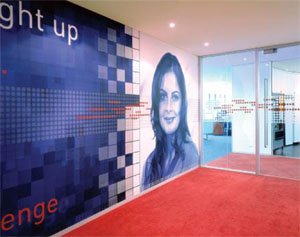
The affect your designing corporate spaces has on employees helps reflect your brand 24/7. If your team has open areas to network and brainstorm, you’re ingraining a sense of unity and teamwork toward an overall company goal. The right furniture and space is planned shows everything from the authority structure to how your team creates and produces.
Now think of the colors, the lighting and the walls. As we’ve written about before, the right color has a huge impact on your office: how your employees work and how employees view you. When it comes to lighting, allowing sunlight to stream in with artificial, indirect light creates a warm, upbeat environment. Also, adorn the walls with paintings, murals, design awards and even ongoing projects that reflect who you are and where you want to go.
By 2016, 72% of those who used co working spaces were forecasting an increase in their income.
Open Office Spaces Faster Communication:
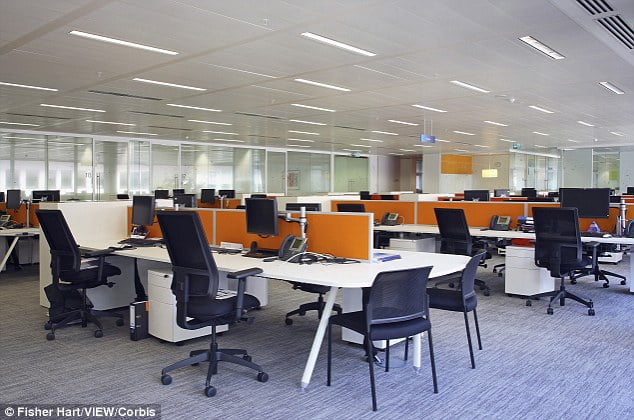
In the old days, designing corporate spaces was distributed in the same general manner, no matter what company. The newbies were given cubicles, mid-management got to enjoy the privilege of an office with a door, and CEOs had their pick of palatial spaces with stunning views. But, today, designing corporate spaces are quickly becoming a thing of the past in favor of large, open spaces.
This type of environment features long work spaces where a new hire and a CFO could potentially work side-by-side. Even the conference rooms, though enclosed, usually feature glass walls. Some companies like Twitter even go the extra step and configure their buildings entrance so that employees must pass through a high-end communal break room before continuing on to their departments.
What’s the benefit of all this openness? Communication. Research has pointed to the fact that workers are more likely to communicate with each other for project details and assistance problem-solving if they have mingled socially.
The other benefit of this type of space is, obviously, accountability. With no solid walls or doors, workers experience a sort of “fish bowl effect” and are more likely to stay focused on the task at hand. Check Top 10 Reasons To Work In Large Architectural Firm In The World
Task-Based Workstations Improve Productivity:
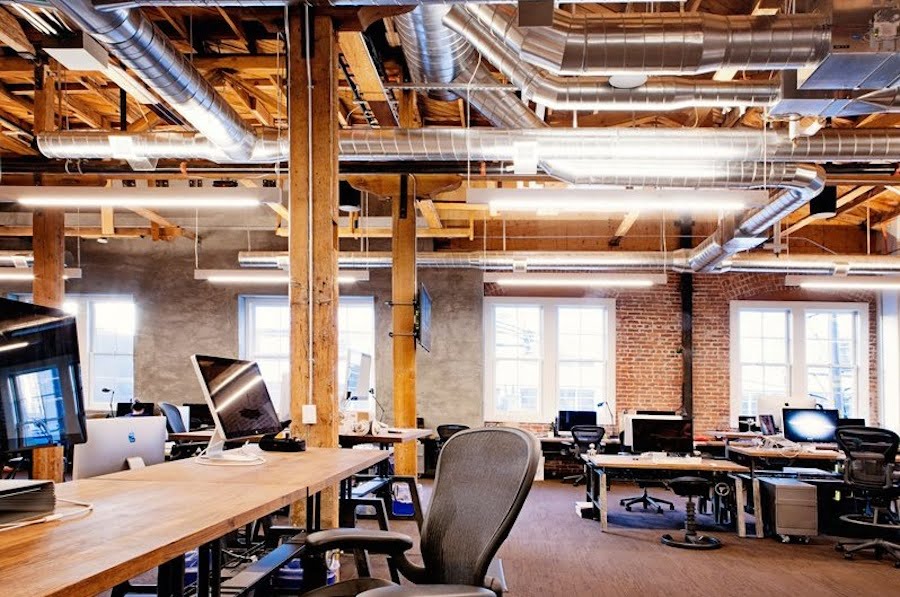
Of course, there are bound to be a few negatives associated with a fully open office concept. Could you imagine trying to concentrate on an important conference call with two of your coworkers chatting about weekend plans just a few feet away? Many companies have started Designing Corporate Spaces using flexible workstations as a result.
How does this flexibility work? Instead of each employee having an assigned desk, distinct spatial configurations are setup for the workers to use as needed. There might be open desks for computer work, round tables for creative brainstorming, and secluded cabbies for quiet concentration. Typically, employees are also given mobile technology to allow them to move freely throughout the space. Check The Modern Workspace Factoría Culture
This type of flexibility allows workers to place themselves in the environment in which they work best. Introverts are allowed a peaceful place to collect their thoughts while extroverts can feed off of each others energy. Allowing that freedom of choice has shown increases in productivity for forward-thinking companies like Google and Department of Treasury and Finance in Victoria.
Personal Touches Increase Employee Morale:
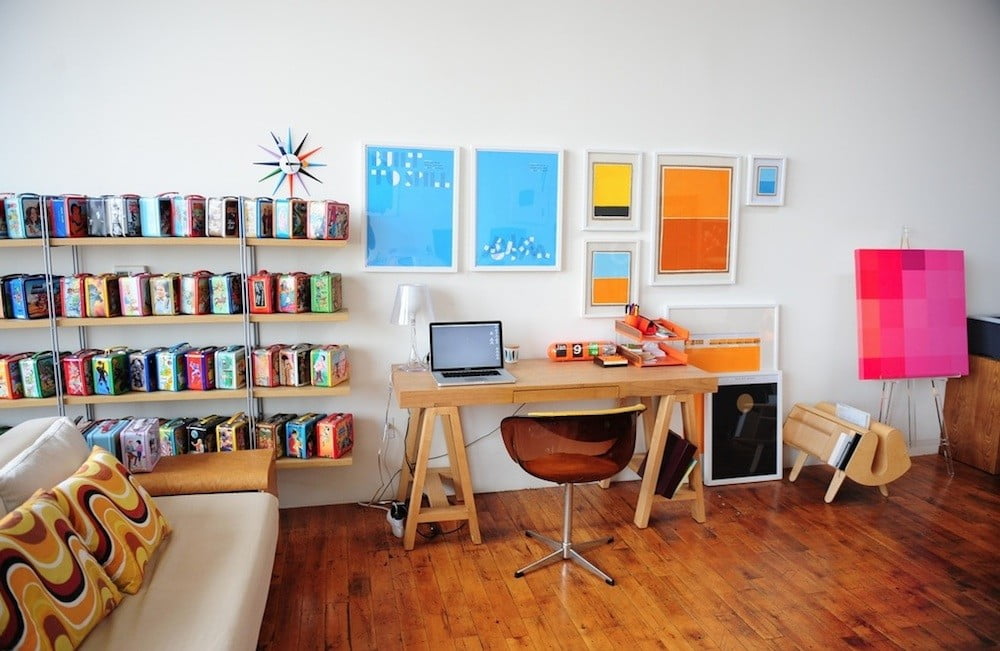
We all have that one colleague who brings his or her home life into work. Whether it’s kids’ drawings papering the walls of a cubical or a plethora of holiday decorations, he or she is always the subject of debate. While some may think these personal items too unprofessional for the corporate environment, studies have shown that the ability to decorate one’s workspace leaves employees feeling more invested in the company’s success.
Psychology students at the University of Exeter put that theory to the test when they studied a local corporation. They divided the workers into four groups: one group was not allowed to personalize their cubicles at all, one that was allowed to decorate walls without reconfiguring furniture, one allowed to reconfigure however they pleased, and a final group that was given the freedom to decorate but eventually forced to conform to rules.
Unsurprising, the group that was able to reconfigure their cubicles however they wished showed the most positive outcome. They reported improved concentration, ambiance, organization, and productivity.
Natural Light Improves Quality of Life:
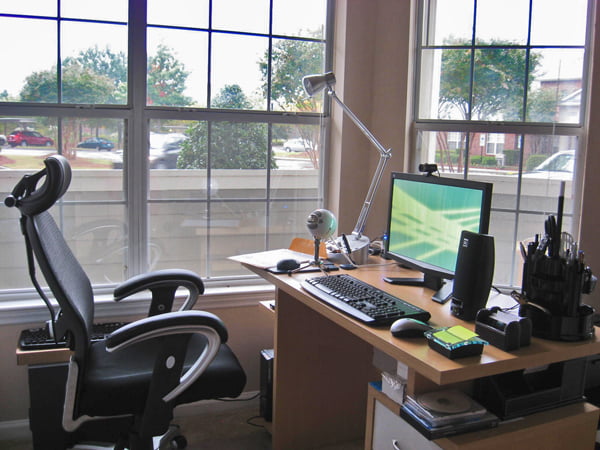
Is there anything more depressing than overhead office lights? It’s almost as if the sound of that unmistakable buzzing has been burned into our brains and associated with long hours and unshakable colds that leave the entire staff taking sick days. However, corporations are quickly discovering that if they want to keep their employees healthy, they need to hit the off switch and let the sun in.
A recent study from Northwestern Medicine and the University of Illinois at Urban-Champaign compared the overall health of workers who had window-filled offices versus those without. They found that employees with windows received 173% more white light exposure during work hours and slept an average of 46 minutes more per night. Those employees also reported greater physical activity than their colleagues who were left in the dark.
Anyone who has gone into work on a poor night’s rest knows that an improved quality of life will translate into improved work performance. In order to bring these results into your office, research suggests that corporations choose buildings that feature floor-to-ceiling windows as their workspace. Once there, they should make sure to keep workstations within 20 to 25 feet since that is the limit to how far natural light can travel.
Exploring Colors:
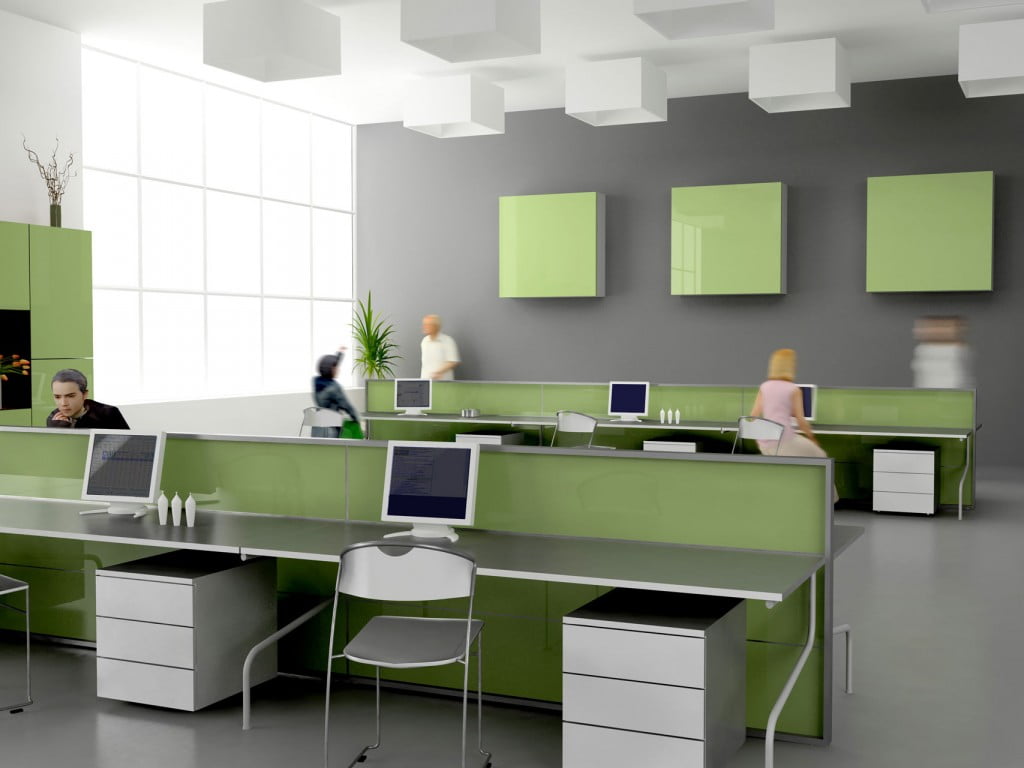
How people perceive color varies based on their culture and life experiences. However, there are some generalizations about how color is likely to be perceived, either overtly or subliminally, in the workplace.
Warm and appraising, bright and open or cool and relaxing? Choosing a color palette can have a big impact on the mood and ambiance of any commercial design scheme. Changing the color scheme of a hotel, restaurant, airport waiting area or shopping mall concourse can completely transform the space itself. Colors communicate aspects of personality or brand and have the power to produce psychological and physiological effects.
- YELLOW – The color of knowledge and enthusiastic creativity. Yellow offers hope, happiness and fun.
- ORANGE – An optimistic and uplifting color. Orange inspires and motivates positive thoughts.
- RED – A positive color associated with brand leadership, ambition and determination.
- PINK – The color of unconditional love, compassion and intimacy. Pink drives romantic ideals.
- PURPLE -Represents the imagination. Purple expands awareness and connect is to deeper thoughts.
- BLUE -Trust, honesty and loyalty define this color. Blue is reserved, conservative and reliable.
- GREEN -The great balancing color. Green creates a stable environments between energy and emotion.
Sustainable Designing Corporate Spaces:
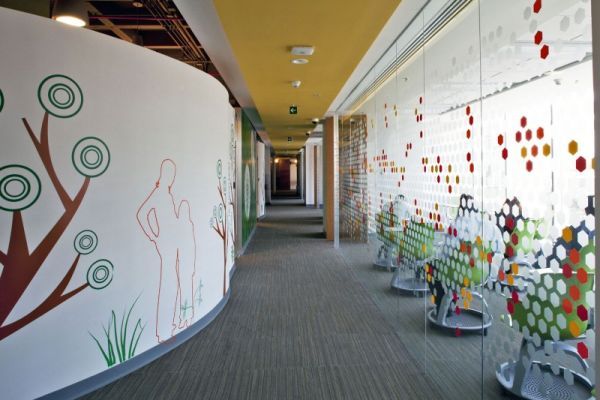
Energy Efficiency—Depending on the office’s size, local climate, use profile, and utility rates, strategies for minimizing energy consumption involve: 1) reducing the load (by integrating the building with the site, optimizing the building envelope [decreasing infiltration, increasing insulation], etc.); 2) correctly sizing the heating, ventilating, and air-conditioning systems; and 3) installing high-efficiency equipment, lighting, and appliances. Read about Organic Architecture Buildings Concepts And Characteristics
Consider a One to 10 Ratio:
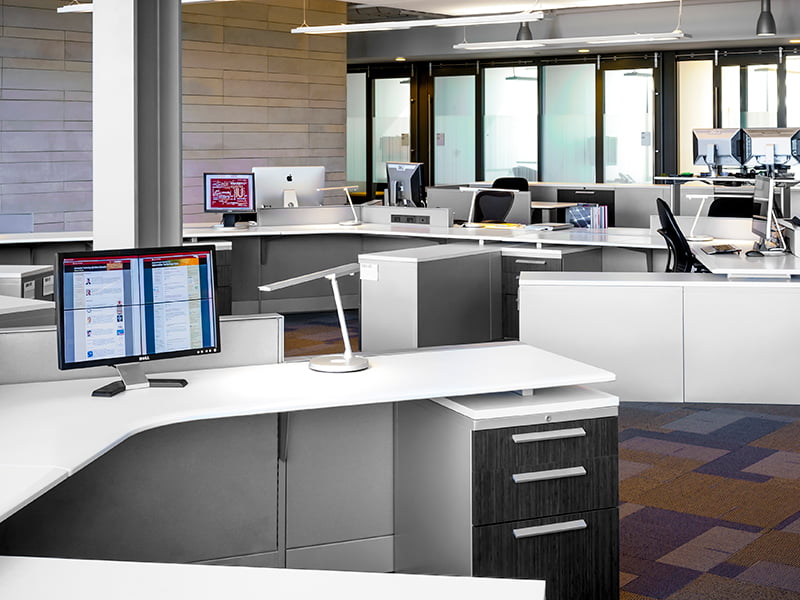
Private offices are becoming a thing of the past because we are finding that people can work anywhere, as long as they have easy access to quiet space and the appropriate technology. One quiet space to every 10 employees is a good rule of thumb. Check Use The Golden Proportion Ratio In your Interior
Location, Location, Location:
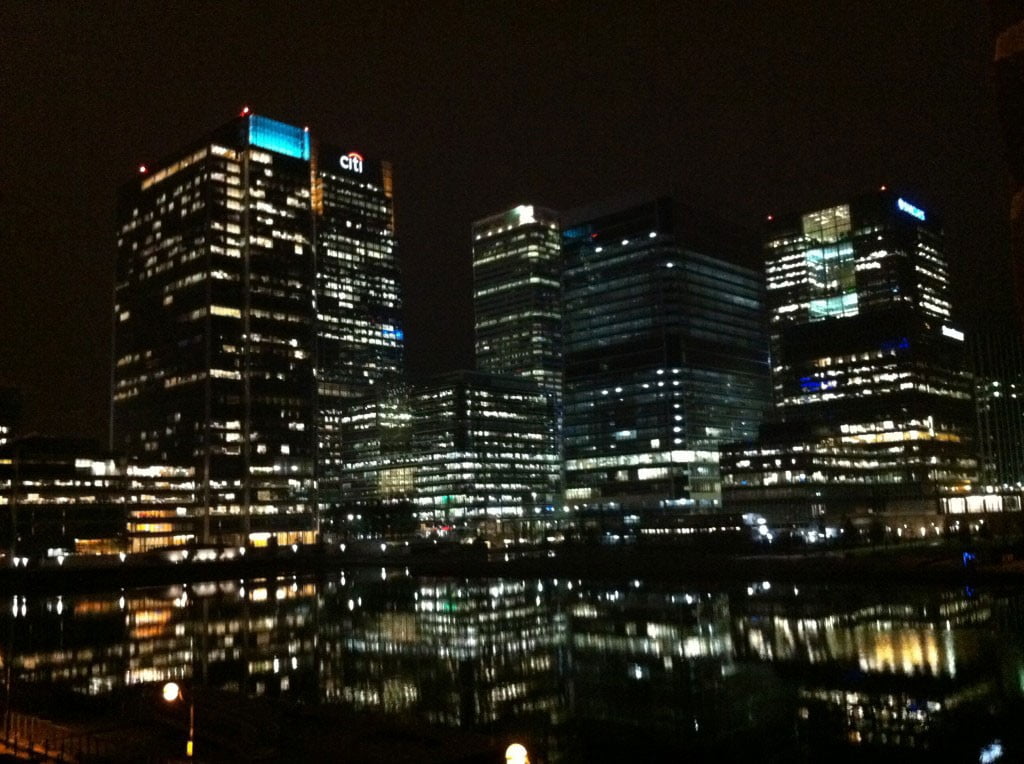
Just providing unscheduled meeting rooms and quiet spaces isn’t enough. Location matters. Departments tend to lay claim to rooms in their proximity. If these rooms are in the wrong place (just outside of the boardroom, for example), they will not get used because teams like to be able to leave work materials in a space if necessary, and not feel like they must erase the marker boards before they leave. Know
Provide the Right Tools:
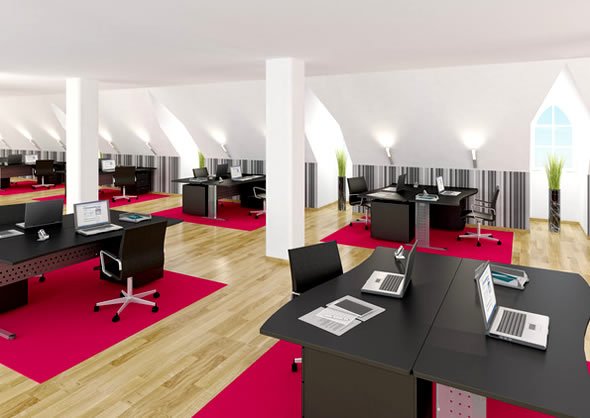
In a completely open office design, I recommend investing in quality wireless headsets or office cell phones. Employees need to be able to move while on the phone (maybe to find a quiet space if they’re on an important call and a coworker is having a loud conversation). Giving them the tools they need makes them more productive and better able to fully use the space.
Make Quiet Space Functional; Quiet rooms must have all the tools needed to work: a simple monitor, telephone and data outlets, and the ability to accommodate four to five people.
Make Work Feel Like Home:

Consider providing lounge areas where people can plug in and work in a setting that is more like home. Furniture that you feel like you can put your feet up on is becoming increasingly popular.
Give Them a Break:
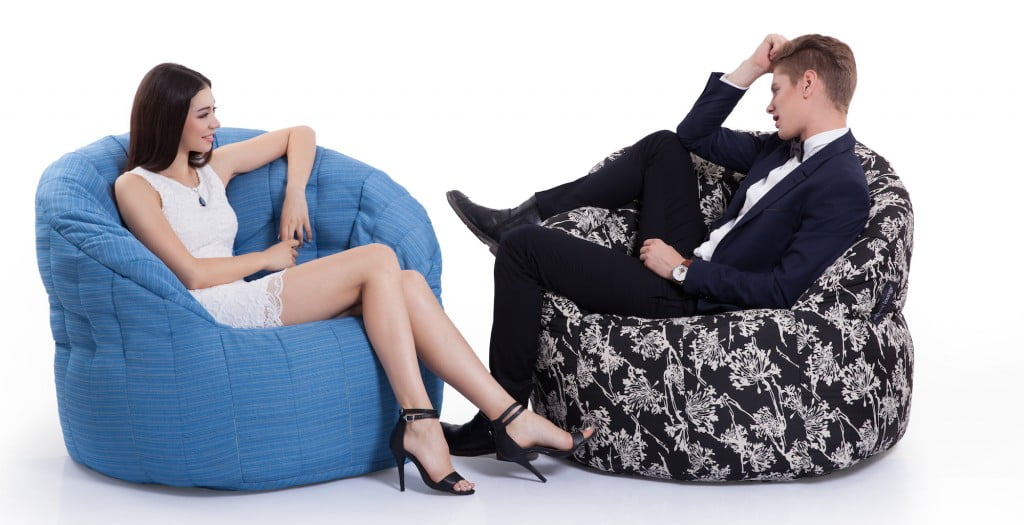
The best companies make their employees feel cared for. A great coffee maker and simple snacks or beverages in a comfortable break room goes a long way. We’ve also designed spaces that take the break room to the next level – game tables or large walls of blackboard paint where employees post birthday messages and artwork, features that increase a sense of camaraderie and fun.
Lead the Way:

If leadership uses the break room or quiet spaces, others will follow. These shared spaces are often the places where the best ideas are hatched. Larger break rooms can serve a variety of functions – from training to town halls to yoga classes. Show your employees the potential of the space. Read Most Interesting And Useful Websites Inspiring Your Life Many Ways
Employee Engagement:
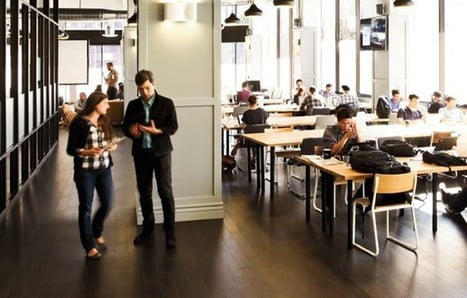
There is a direct correlation between employee engagement and worker satisfaction. This affects productivity and innovation. Provide work spaces that enable visibility, openness and greater employee mobility to foster engagement. When workers are more likely to see each other, they are more likely to connect and collaborate.
- Provide collaborative spaces that incorporate the five “Cs”: coffee, CNN (or a “buzz” in the background), circulation nearby, connectivity and comfortable seating. These five characteristics are particularly successful for “hub” or central pantry spaces on the floor.
Organize a floor plate into team “neighborhoods,” with a variety of spaces included in each, to foster team identity and sense of place. Incorporate branding, awards and recognition in a visible way to reinforce employee engagement. Learn about Work at Home Jobs Scams
Choice to Designing Corporate Spaces:
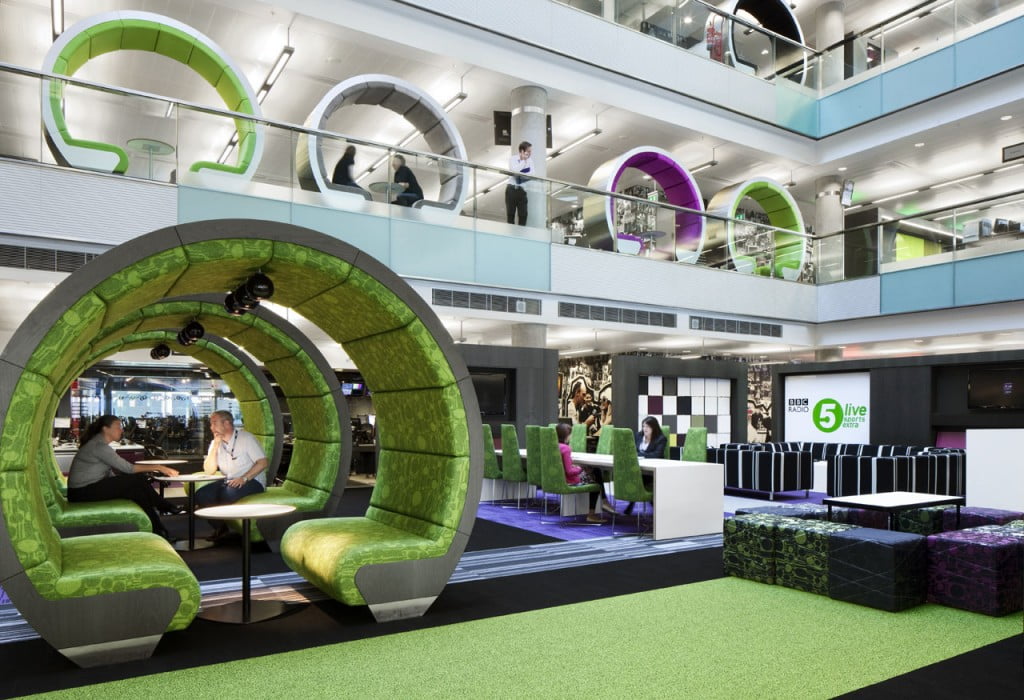
Today’s knowledge work requires high levels of concentration, collaboration and everything in between. Well-designing corporate spaces provide opportunities for both and allow individuals to choose when and how they use them.
Provide a variety of work settings in the right proportion to support a variety of work functions:
- Focus work: Provide quiet zones or spaces for concentrated work.
- Collaboration: Emphasize small group collaboration and provide diverse settings (formal and informal).
- Learning: Consider the workplace to be an educational environment that supports learning and mentoring by providing e-learning and in-person, one- on-one learning.
- Socializing: Provide a variety of informal spaces that accommodate work and casual communication while fostering informal collaboration and innovation.
Indoor Air Quality:
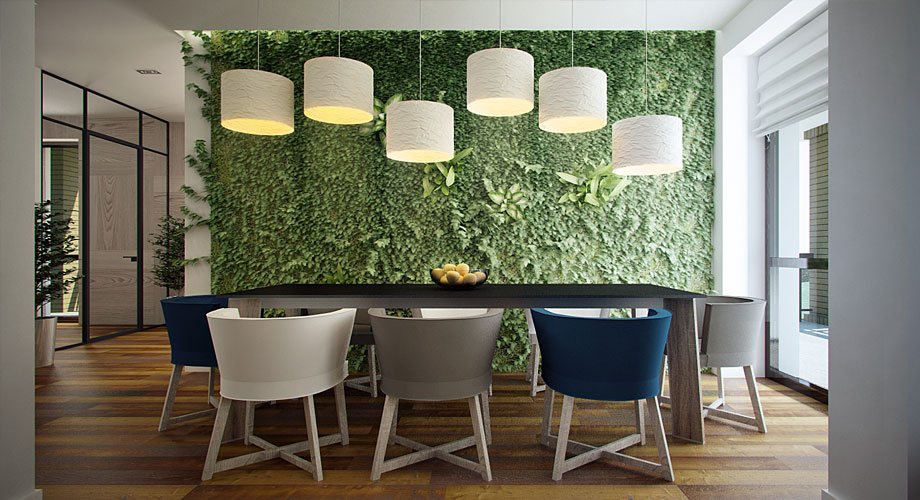
Healthy workplaces are a focus for today’s organizations. The health of the workforce can affect health insurance costs, sick days and productivity. In addition to supporting human factors and ergonomics, the workplace should support good health.
Invest in carpet, paint, furniture and other workplace finishes with low counts of particulates, gases or volatile organic compounds (VOCs) that can trigger illness. Recommended “eco labels” to watch for include Greenguard and SCS Indoor Advantage (furniture, seating and furnishings), Green Seal (paints and coatings), Blue Angel (office equipment), Floor Score (hard surface flooring), Green Label Plus (carpet and carpet tile), SCS calCOMPliant (wood).
Invest in equipment with ENERGY STAR labels. Ensure heating, ventilation and air conditioning (HVAC) and other office equipment is checked and maintained on a regular basis.
Train cleaning staff on how to use cleaning equipment and products such as handling vacuum cleaners with hepa-filters or nontoxic chemical cleaners. Add plants to the office to help clean the air, but be sure to keep them clean and healthy so they do not get dusty or contribute mold spores. Must Ask Questions When Replacing Air Conditioner
Human Factors and Ergonomics:
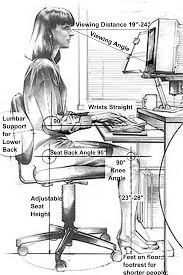
designing corporate spaces that are for and around people are more likely to be comfortable, flexible and support productivity over time. This is because they take into account the needs and limitations of the people who occupy them.
“Human factors” is an area of workplace psychology that focuses on a range of topics including ergonomics, workplace safety, the reduction of human error, product design, human capability and human-computer interaction. The terms “human factors” and “ergonomics” are often used synonymously.
Crowding:
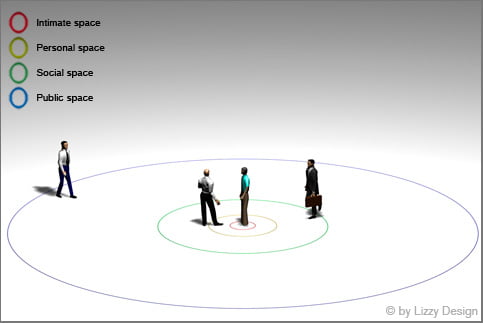
When people feel crowded they often feel stressed, which influences their satisfaction of the designing corporate spaces. The perception of space and whether a person feels crowded varies greatly by cultural background, individual preferences and gender. The following rules of thumb are from Sally Augustin, an environmental psychologist and expert in how people perceive space.14
According to Sally Augustin, an environmental psychologist renowned for her expertise in people’s spatial perceptions, one crucial factor that affects individuals’ satisfaction in designing corporate spaces is the availability of adequate room for privacy and personal comfort. In line with this, the selection and arrangement of commercial bathroom partitions play a pivotal role in creating an environment that minimizes feelings of crowding and promotes a sense of well-being. By carefully considering cultural nuances, individual preferences, and gender dynamics, organizations can optimize their corporate spaces to enhance employees’ overall satisfaction and productivity. Onepointpartitions.com is a good source for finding the right ones that match every point.
Noise Control:
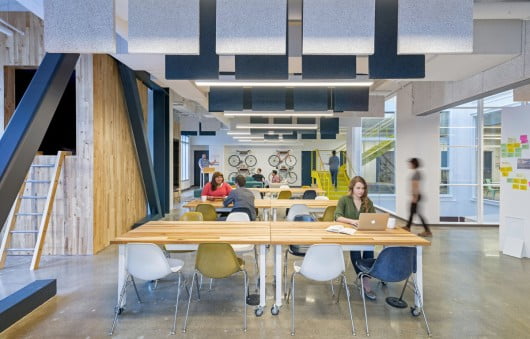
Noise is an issue in most workplace environments. Interestingly, it can enable or disable productivity, depending on individual preferences and the type of work being done. The key is enabling people to control noise by providing access to a room with a door and acoustical separation when needed.
Thermal Comfort and Temperature:
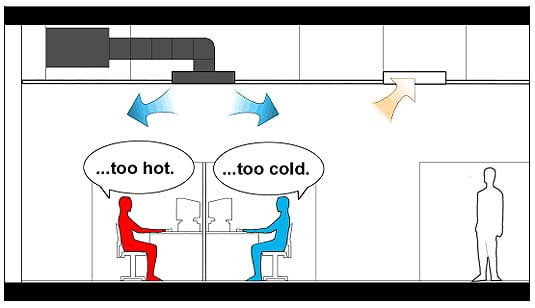
Thermal comfort is created through the right combination of temperature, airflow and humidity. A combination of these elements is required for physical comfort in the workplace. When you hear people complaining about temperature in the workplace, chances are that airflow and humidity are part of the reason for designing corporate spaces.
Conclusion:
We are at a tipping point where these innovative concepts will become basic requirements for designing corporate spaces. Workplace strategy is a triple win. Organizations like it because it enhances their ability to hire and retain key employees, increases productivity and saves money.
Employees find it easier to collaborate and to balance work/life issues. The natural environment is also a winner as commuting requirements are reduced, and mobility becomes a key driver of the elusive “paperless office.”
In the past several years, many companies have shrunk their real estate portfolios to keep pace with declining headcount. Now, as the global economy shows signs of recovery, companies are starting to see revenue growth.
However, the number of new jobs created may be less than we have experienced historically due to increased productivity and outsourcing. Square footage requirements will grow even more slowly, if at all, as the trend continues toward mobile work.
The role of corporate real estate needs to shift. CRE executives must become leaders in the integration of space, technology, policies and practices. They will need to consider the social and behavioral aspects of the workforce, current and optimal patterns of work and creative designing corporate spaces solutions in order to create sustainable competitive advantage.
By now, kadvacorp’s readers should be familiar with the ways in which a home’s interior design can affect the subconscious. It should come as no surprise that layouts designing corporate spaces function in much the same way. Many companies have started to use these design tactics to foster more productive employees. Why can’t you? Check out The Ideas Behind Designing Corporate Spaces to figure out how to make yourself happier and more fruitful in your workspace.
Does your designing corporate spaces use one of these layouts? If so, do you believe in the psychological effects? If not, do you think you would enjoy working in one of these environments? Share your opinion with us in the comments below.






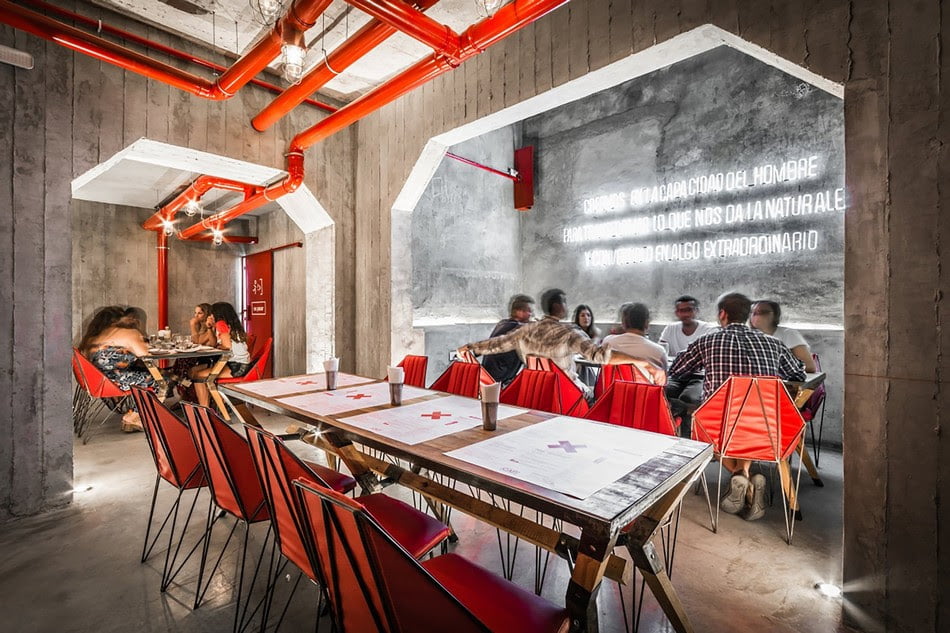
Leave a Comment
You must be logged in to post a comment.